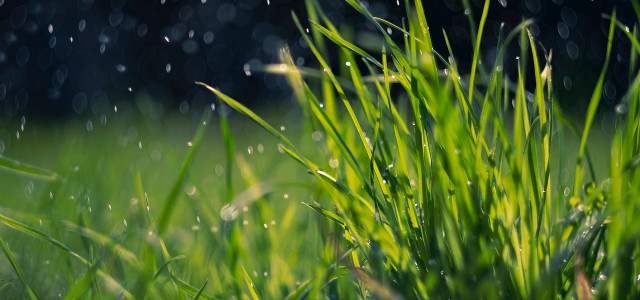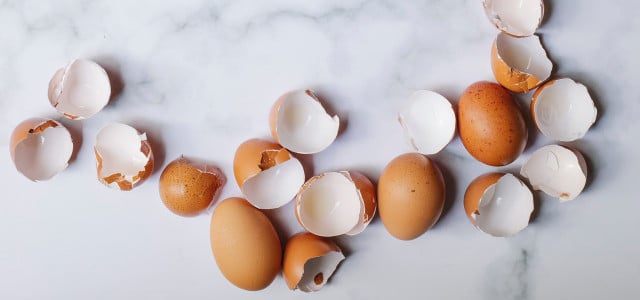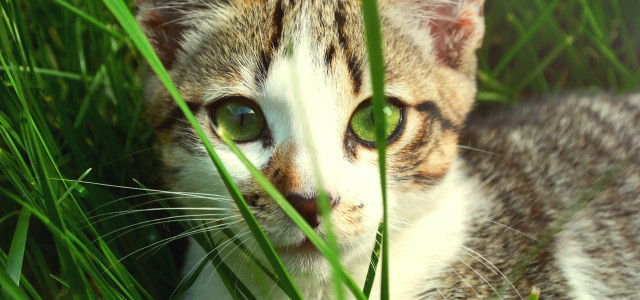Getting a lush, green yard can be trickier than we’d like, but good homemade or organic fertilizers can maintain healthy growth. Here are the best fertilizers for grass.
Fertilizers are used to provide soil nutrition and to make it more fertile. Good fertilizers have three essential nutrients: nitrogen (N), phosphorous (P) and potassium — or NPK. The best fertilizer for grass needs nitrogen in particular.
You may think that simply watering a lawn is enough to keep it thriving; however, fertilizers are typically needed for them to look lush and green. Fertilizers improve growth, reduce stress from bad weather, boost soil health, prevent weeds and help grass resist pests and disease.
This article looks at the best fertilizer for grass. We’ll cover some homemade natural grass fertilizers and discuss some fantastic organic fertilizers available in-store.
When to Plant Grass
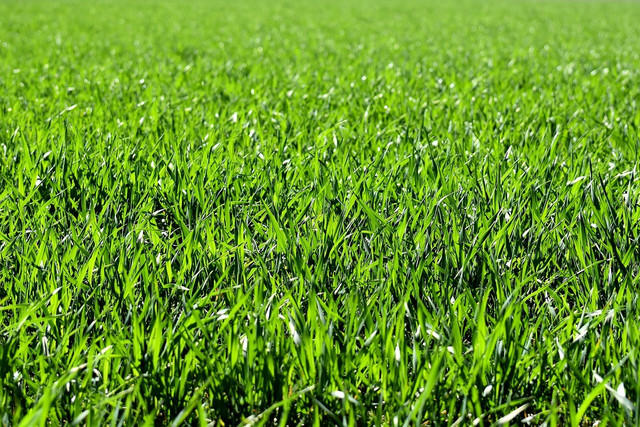
If you’re planting grass from scratch using seed, your soil temperature needs to be between 65°F and 70°F, with daytime air temperatures of around 80°F. So, planting grass seed in the late spring to early summer is ideal. There should also be enough natural rainfall to assist germination and seed establishment.
That said, temperatures can be much cooler if you’re laying turf. Mid-autumn to late winter provides the optimum conditions as long as the soil below is not too frosty or waterlogged. Avoid laying turf from mid-spring to early autumn, as it needs a lot of watering and can dry out in hot weather.
Apply fertilizer to grass once in the early spring between February and April. This is when the grass starts to grow and get greener.
Don’t throw the grass clippings in the trash. Read our article on composting grass clippings to learn how to dispose of them properly.
What Makes Best Fertilizer for Grass?



The best grass fertilizer provides the soil with nutrition to improve overall grass health and appearance. Fertilizers should be composed of NPK (nitrogen, phosphorous and potassium) and can be synthetic, natural or organic. Grass needs nitrogen to provide color and for its blades to grow strong and straight.
There are many advantages to using natural fertilizer, including no chemicals leaching into waterways, no lawn burning if you use too much, less risk of chemical exposure for children and pets and improvement of grass quality over time. However, the downside is that natural fertilizers can take longer to see results — and weeds and grubs can be more frequent.
If you think maintaining a green lawn is a pain or you’d like an even more environmentally friendly option, consider keeping a natural lawn instead. Natural lawns save you money and time and are much more sustainable overall.
The Best Homemade Natural Grass Fertilizers
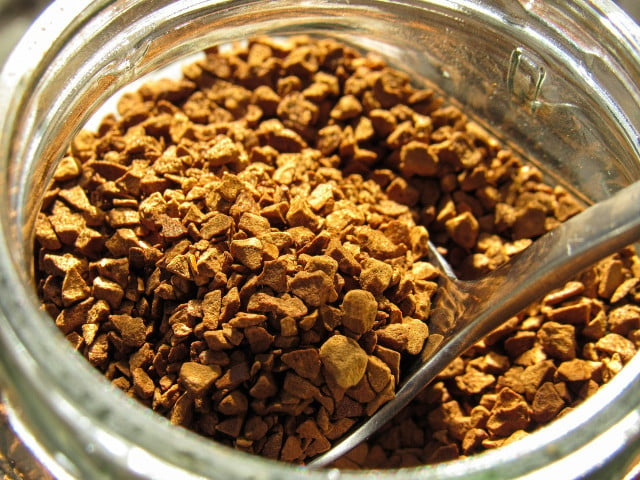


Making grass fertilizer at home is an inexpensive way to provide your grass with much-needed nutrition. It’s also reassuring to know exactly what you’re putting on your land. Let’s take a look at a few options.
- Coffee granules. High in nitrogen, carbon and other nutrients that provide soil nutrition, coffee can also inhibit the growth of disease-causing microbes. It is one of the best fertilizers for grass. According to the University of Minnesota Extension, coffee does not lower soil pH, so there is no need to worry about increasing acidity. Simply mix half a pound of coffee grounds with five gallons of water. Spray the mixture evenly over your grass or pour it onto the lawn and use a rake to distribute it evenly. Read more about 7 sustainable home and garden uses for coffee grounds.
- Epsom salt. Epsom salt contains sulfur and magnesium, which boost the absorption of phosphorous and nitrogen and assists photosynthesis, improving grass’s lush look. Spread five cups of Epsom salt per one hundred meters of grass and spread using a rake. Alternatively, dilute with equal parts water to make a solution that can be sprayed or poured over the lawn. Epsom salt is good for helping grass seeds grow strong blades. Check out more about Epsom salt for gardening and if it is safe for plants.
- Molasses. This sticky substance comes from sugar cane or beets processed into refined sugar. The high sugar content assists in feeding soil microbes and improving the iron content of plant cells. Blackstrap molasses is rich in calcium, potassium and magnesium. Mix half a cup of molasses with a gallon of water and spray onto your lawn. For stressed grass or poor soils, use a full cup of molasses.
The Best Fertilizer for Grass, Store-Bought
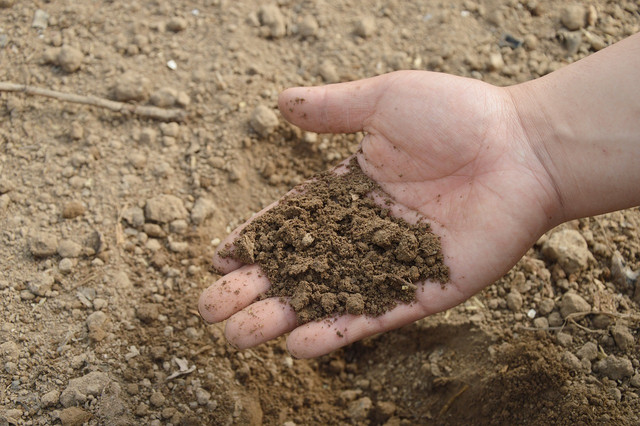


If you’re keen to know the exact nutrient content of your fertilizer, garden stores carry some of the best fertilizers for grass — and they usually list the NPK content on the packaging. Follow the instructions to measure the correct amount of fertilizer for your lawn size.
- Espoma Organic Lawn Booster (available on Amazon**) — A great choice for spring, this fertilizer is designed to give grass a chemical-free boost during the growing season. Its ingredients include poultry manure and feather meal.
- Scotts Natural Lawn Food (available on Amazon**) — This fertilizer is extremely easy to use in any season. It is pet-friendly, but dogs are sometimes attracted to the nice odor, so keep them inside when you’re putting the fertilizer down. It can be used for grass seed or to strengthen roots on all grass types.
- Milorgarnite 0636 Organic Nitrogen Fertilizer (available on Amazon**) — This excellent fertilizer aids verdant green shading due to its high nitrogen and iron content. Its slow-release formula can feed a lawn for up to 10 weeks after one application. It reduces the need for watering but lacks potassium, so you should only use it on already-established grass.
- Just Scentsational Trident’s Pride Organic Liquid (available on Amazon**) — Made from natural fish products that are full of amino acids, vitamins and microbes, this fertilizer is absorbed quickly by grass. Be warned, it does smell a little fishy.
Read more:
- Natural Lawns: A Sustainable and Eco-Friendly Alternative to Grass
- How to Remove Grass Stains: 4 Natural Remedies
- 8 Best California Native Grasses for Landscaping and Gardens
Do you like this post?






